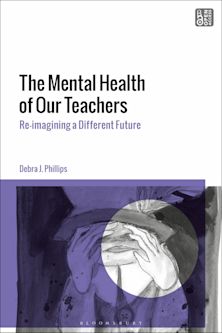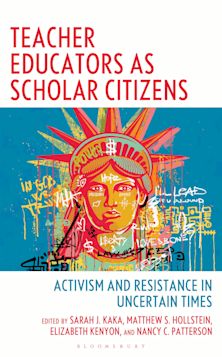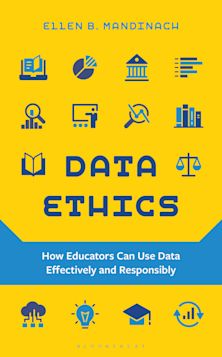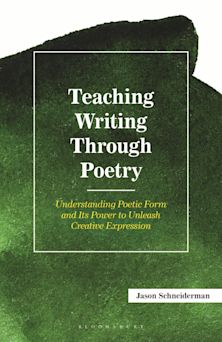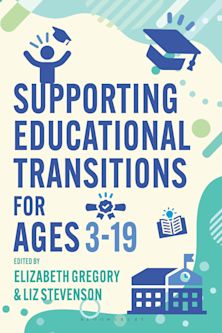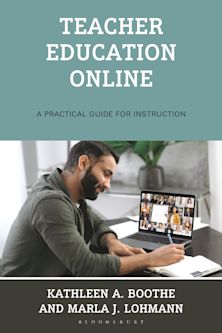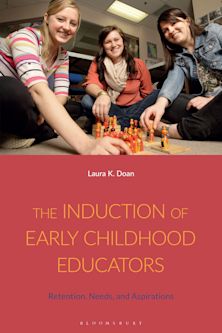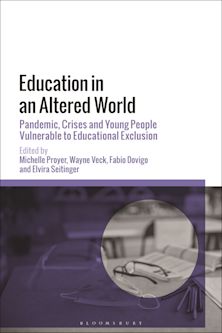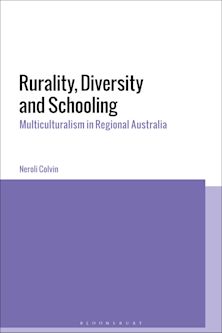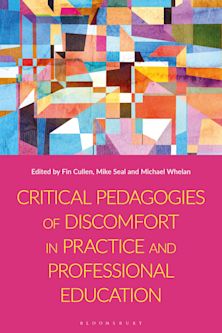- Home
- ACADEMIC
- Education
- Teacher Education
- Teaching about Genocide: Insights and Advice from Secondary Teachers and Professors
Teaching about Genocide: Insights and Advice from Secondary Teachers and Professors
Volume 1
Teaching about Genocide: Insights and Advice from Secondary Teachers and Professors
Volume 1
This product is usually dispatched within 3 days
- Delivery and returns info
-
Free CA delivery on orders $40 or over
You must sign in to add this item to your wishlist. Please sign in or create an account
Description
Secondary level teachers and professors from various disciplines present their best advice and insights into teaching about various facets of genocide and/or delineate actual lessons they have taught that have been particularly successful with their students.
Table of Contents
Part One: Insights and Advice from Secondary Level Teachers
Chapter 1: Initiating the Study: Clusters or Mind-Maps by Samuel Totten
Chapter 2: “Teaching About Genocide: The Basics and Beyond” by Mark Gudgel
Chapter 3: “Some Practical Advice for Teaching About Genocide” by Kimberly Klett
Chapter 4; “Advice on Teaching About Genocide” by Nancy Ziemer
Chapter 5: “Studying Genocide Using a Human Rights Perspective” by William R. Fernekes
Chapter 6: “Teaching the 1994 Rwandan Genocide Through Stanton’s 8 Stages” by Kelley H. Szany
Chapter 7: “The Ukrainian Genocide – The Holodomor, 1932-1933: A Case of Denial, Cover-Up and Dismissal” by Valentina Kuryliw
Chapter 8: “’Why Don’t We Talk About Rape?’ Teaching About Sexual Violence in Genocide” by George Dalbo
Chapter 9: “Empowering Students to Design Their Own Enquiry into the Nature of Genocide” by Andy Lawrence
Part Two: Insights and Advice from College and University Professors
Chapter 10: “Tools for Experiential Genocide Studies” by Israel W. Charny
Chapter 11: “Some Considerations When Preparing to Teach About Genocide” by Elun T. Gabriel
Chapter 12: The Distinctiveness of Genocide (Destroying Groups vs. Mass Killings of People): A Thought-Piece for Educators” by Eyal Mayroz
Chapter 13: “Situating Genocide within the Context of Other Forms of Large-Scale Political Violence” by Matthew Krain
Chapter 14: Presenting Genocide: Using Concepts and Cases by Fred P. Cocozzelli
Chapter 15: Genocide: Explanation and Understanding” by Ernesto Verdeja
Chapter 16: “Survivors of Sexual Violence in Rwanda Speak: A Letter Writing Assignment to Combat Psychic Numbing” by Kimberley Ducey
Chapter 17: “Safe Simulations? Best Practices in the Classroom” by Waitman Beorn
Chapter 18: “Teaching About the Bosnian Genocide” by Hikmet Karcic
Chapter 19: “Teaching About Perpetrators” by Kjell Anderson
Chapter 20: “Fighting Death With Life: Survivors’ Voices and Secondary Witnessing of the 1994 Genocide in Rwanda” by Gerise Herndon
Chapter 21: “Education for Prevention” by Deborah Mayersen
Chapter 22: Genocide Education: Emotions, Knowledge and Generating Active Bystandership for Prevention” by Ervin Staub
Product details
| Published | Sep 30 2018 |
|---|---|
| Format | Paperback |
| Edition | 1st |
| Extent | 208 |
| ISBN | 9781475825473 |
| Imprint | Rowman & Littlefield Publishers |
| Illustrations | 3 b/w illustrations; 2 tables |
| Dimensions | 226 x 151 mm |
| Publisher | Bloomsbury Publishing |
About the contributors
Reviews
-
A much-needed and extraordinarily useful resource, Teaching about Genocide: Insights and Advice from Secondary Teachers and Professors, Volume 1, will provide educators with well-reasoned and experienced based information on teaching about genocide. Drawing upon the expertise of both secondary and college and university professors, this impressive work examines rationales for teaching about genocide and offers practical pedagogical strategies from a variety of academic disciplines and geographical locations. The importance of this issue demands a timely and powerful resource such as this book.
Stephen Feinberg, former Director of National Outreach, Education Division, United States Holocaust Memorial Museum
-
As public awareness of and interest in genocide and its disastrous effects continues to grow, the need for fresh, up-to-date approaches to its teaching is greater than ever. Totten is an experienced, professional educator, as well as a distinguished genocide scholar, who has assembled here a collection of original, insightful, theoretical, and practical studies on a wide variety of case studies and themes, useful for both secondary and post-secondary educators on genocide. Highly recommended.
George Shirinian, Executive Director, International Institute for Genocide and Human Rights Studies
-
Teaching about genocide is vital but challenging. By compiling the insights and advice of leading educators in the field, this book serves as an invaluable guide for those who would teach future generations to understand and combat this scourge of humanity.
Paul Slovic, University of Oregon
-
Thirty-plus years ago, educator Ted Sizer noted that students learn best when “less is more.” While Sam Totten’s latest edited book on Teaching About Genocide… seemingly offers a voluminous opposite, educators, at varying levels, will find extensive, rich, and varied resources from which to choose, to meet Sizer’s “in-depth” standards. Volume One of Two Volumes provides insights and advice from secondary teachers (9) and professors (13), many with decades of teaching experience, not to mention writings (including 46 annotated works) touching on every major identified genocide. Key is the volume’s interdisciplinary, as well as multinational approach. The time-deprived educator (Is there any other kind?) will find abundant strategies, caveats, and electronic resource possibilities. Significantly, “political will” is contrasted with “political won’t,” as students are encouraged to become “constructive activists” in an age of genocides.
William Younglove, Holocaust Studies Instructor, California State University Long Beach















